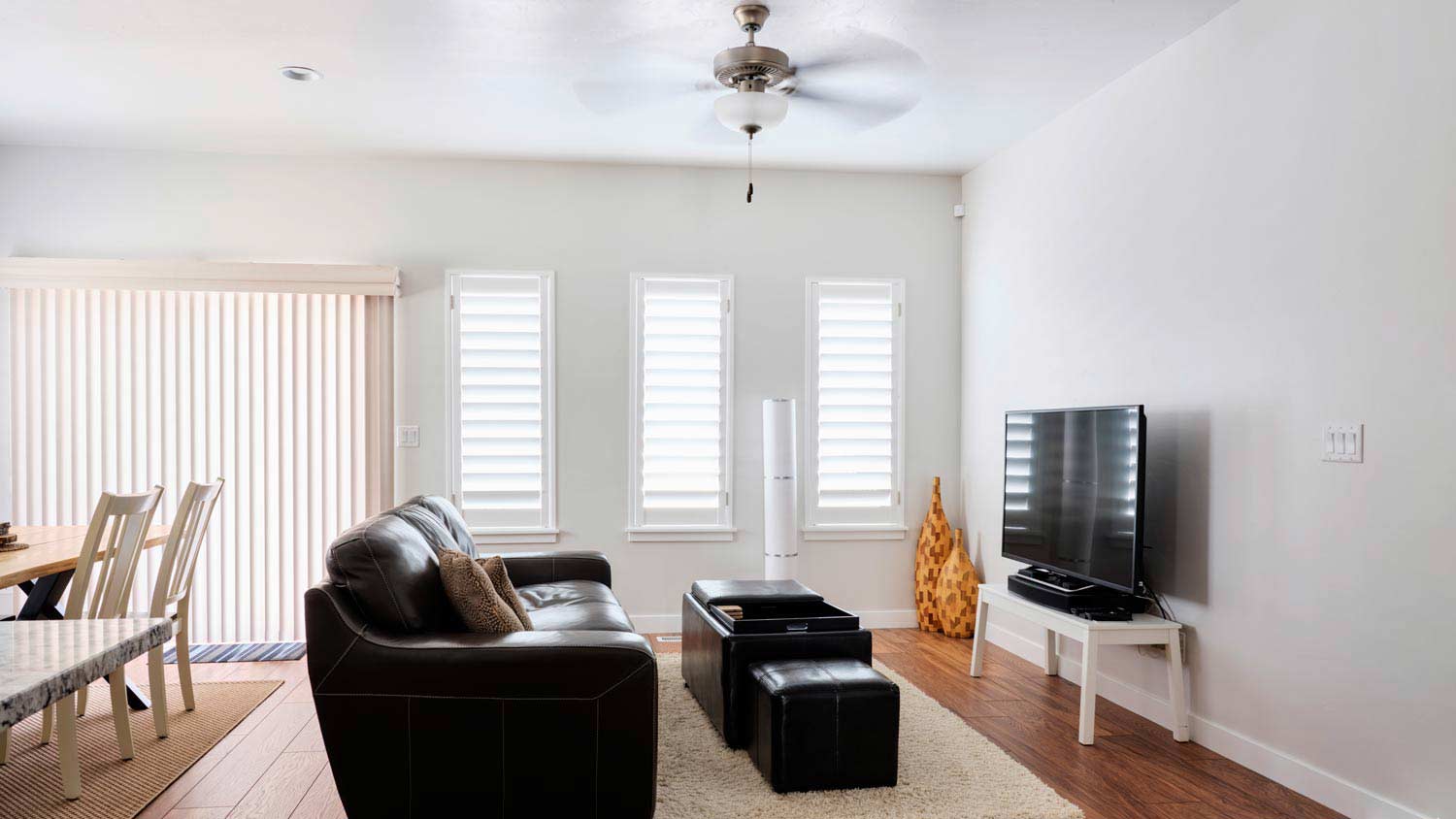
When your heat goes out, it can cause a bit of a panic. But knowledge is power, so let's go over radiator repair costs before that happens.
Here’s “watt” you need to know to stay cool this summer


Air conditioners range from 500 to 4,000 watts, depending on their size.
The number of watts actually used is lower due to energy cycling.
Don’t shut your AC to save money; it will only have to work harder to cool your home.
Your home has many appliances, but when the dog days of summer arrive, there’s one that likely takes center stage: your air conditioner. While your primary goal is to stay cool, you’ll likely want to save a bit of money on your utility bills, too. If you’ve ever wondered, “How many watts does an AC use?” and how that translates to your monthly energy costs, keep reading.

Air conditioner usage heavily depends on the size of your AC unit and its frequency of use. In broad terms, a central air conditioner consumes 3,000 to 3,500 watts per hour. On the other hand, window units use 900 to 1,400 watts per hour, and portable AC units use 2,900 to 4,100 watts per hour.
A watt is the measurement of electricity usage. A kilowatt (kW) is 1,000 watts. Look at your electric bill and you’ll likely see that you’re charged by kilowatt hours (kWh).
It’s important to note that while your air conditioner has an overall wattage, it will be different from the number of watts representing the actual energy consumed. Here’s some good news: This second wattage is lower. That’s because even though you might have your central air or an individual unit powered on for hours, it’s not going at full power at all times.
Air conditioners go through cycles where they power up and down, usually at least twice per hour for around 15 to 20 minutes each cycle. This means that even though your AC is on, it’s not running at full power. In fact, it’s taking a break for anywhere between 30 and 40 minutes per hour. As a result, the actual energy usage is much lower than the stated wattage for your air conditioner.
For a 3,500-watt central air system, the actual usage is only 2,275 watts. Converted to kWh, this means that for an hour, it uses around 2.3 kWh of electricity. For an entire day, it’s around 55.
2.3 kWh x 24 hours = 55.2 kWh
For a window or wall AC unit, the wattage is much lower, usually between 500 and 1,400. But again, this is the total wattage, not the actual usage, which is even lower. An AC unit that has 950 W will typically only use 618 W, or .618 kWh.
For a mini-split system, it will use anywhere between 0.7 kWh to 4 kWh or more, depending on the size of the system.
While wattage is used to measure an appliance’s power, you’ll likely see kilowatt hours (kWh) on your energy bill. This measures how much wattage is used over time. According to EnergySage, the average cost of electricity in the U.S. as of February 2023 is $0.23 per kWh.
Let’s see how this adds up for the different types of AC systems:
A 3,500 W central air system using 2,275 watts, or around 2.3 kWh:
2.3 kWh x $0.23 = $0.53
This means it costs around $0.53 per hour to run central air.
A mini-split system uses anywhere between 0.7 to 4 kWh:
0.7 kWh x $0.23 = $0.16
4 kWh x $0.23 = $0.92
This means a mini-split system will cost between $0.16 and $0.92 per hour to operate.
A 950 W air conditioner unit using 618 W, or around 0.62 kWh:
0.62 kWh x $0.23 = $0.1426
This means that it costs $0.14 per hour to run a wall/window unit.

Heating and cooling needs vary depending on the weather and temperature in your region, as well as your preference in how cool you like to keep your home.
You might think that it’s better to turn your AC off completely at some point during the day to save money. But this isn’t the best move unless the outside temperature drops significantly. Otherwise, your AC will be working even harder to cool your home, and you could wind up spending even more money to cool your home than you would have if you kept the AC on consistently.
If hot weather is extreme in your area, here are some ways to keep energy costs low:
Turn your ceiling fans on to circulate the cool air.
Ensure that windows and door frames are sealed to stop warm air from entering.
Cover windows with thermal curtains to block the rays of the hot sun.
Plant trees to create cool, shady spots around your home.
It may also be time to hire a heating and cooling pro near you to replace older AC units and HVAC systems with more energy-efficient models. Look for the ENERGY STAR® label, which is granted to appliances that run more efficiently and cost less to run than other regular models. While new appliances might be quite an investment, they will save you money in the long run.
Want to reduce your electricity bills? The cost of running your AC unit frequently can increase your monthly utility usage and payments. Save on air conditioning costs by implementing the following tips:
Run ceiling fans instead
Seal off air leaks in windows, cracks, and doors
Install a smart thermostat to regulate temperature
Regularly service your AC unit
Inspect home insulation for potential gaps
If you’re looking to save money on your utility bills by reducing your air conditioner usage, you may consider keeping it off entirely. However, this is not an ideal solution. While the AC unit won’t use electricity when it’s off, when you turn it back on, the system will have to work overtime to cool the now-higher internal temperatures, consuming more energy to do so.
With that in mind, it’s best to leave your air conditioner on, but regulate the temperature to be higher when you’re not home and slightly lower when you are. A smart thermostat is perfect for keeping tabs on your air conditioner usage and regulating it to fit your schedule.
From average costs to expert advice, get all the answers you need to get your job done.

When your heat goes out, it can cause a bit of a panic. But knowledge is power, so let's go over radiator repair costs before that happens.

Whole-house fans can help reduce your electric bills by providing ventilation and cool, fresh air. Use this whole house fan cost guide to price out the project.

Discover the cost to install ductwork. Learn about average prices, cost factors, and tips to save money on your ductwork installation project.

Your return air vent is responsible for removing warmer air, so testing it ensures you keep your environment comfortable and there are no HVAC problems.

Even when you're sweating up a storm on a hot day, your AC should keep its cool. Here's what to do when condensation on your AC signals larger problems.

Keep your home perfectly cool during the warm months. Learn about nine types of air conditioners and how to choose the right one for your home.